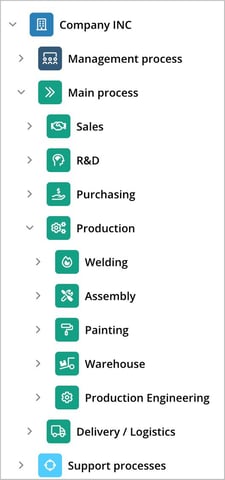Digital Introduction |
|||||
Case M. |
|||||
3.1 Document Management via Categories |
|||||
In this section of our digital introduction, we will provide you with insights into AM Systems' document management based on document categories and their associated settings.
A company's management system typically includes numerous governing documents designed to guide and direct the entire organization effectively. Therefore, the management system must ensure that these documents have clear ownership, reach the appropriate individuals, contain accurate and up-to-date information, and are easily accessible. The foundation of establishing this governance within AM Systems relies on categories and their associated settings. The category structure is based on the organization's processes and ownership and should be established before any documents are published. Subsequently, the documents within your management system will be published in the appropriate categories.
Categories and Their Structure

Categories are created based on a logical framework that reflects the company's processes, organizational structure, and document ownership.
The settings of each category determine the governance of the documents published within them.
The category tree can be likened to a logical folder structure, where settings can be inherited from parent categories or configured independently for each category.
Please note that newly added categories automatically inherit the settings from their parent category, but these settings can be adjusted independently if needed.
Category Settings

The settings for each category define the governance of the documents published within that category. These settings are established with respect to:
- Who is authorized to approve and publish documents in the category
- How revisions are managed, including who is responsible and the frequency of updates
- Access permissions for the documents
- Identification of individuals or groups affected by the documents and whether they are required to acknowledge receipt
- The company information to be displayed within the document
- The templates for headers and footers to be used in text documents
Tips!
- To achieve a more centralized and streamlined approach to document revisions, it is recommended to utilize the Revision Groups feature. This feature helps mitigate the risk of oversight during revisions, especially when responsible personnel change roles or leave the company.
- To ensure that employees have access to the correct documents, it is essential to carefully configure the settings for Concerns and reading receipt. These settings assist employees in understanding which documents are relevant to their work, while also enabling the company to effectively measure and monitor how well the management system is communicated and accepted.
Learn more about the following topics:
Last updated: 1 April, 2025
